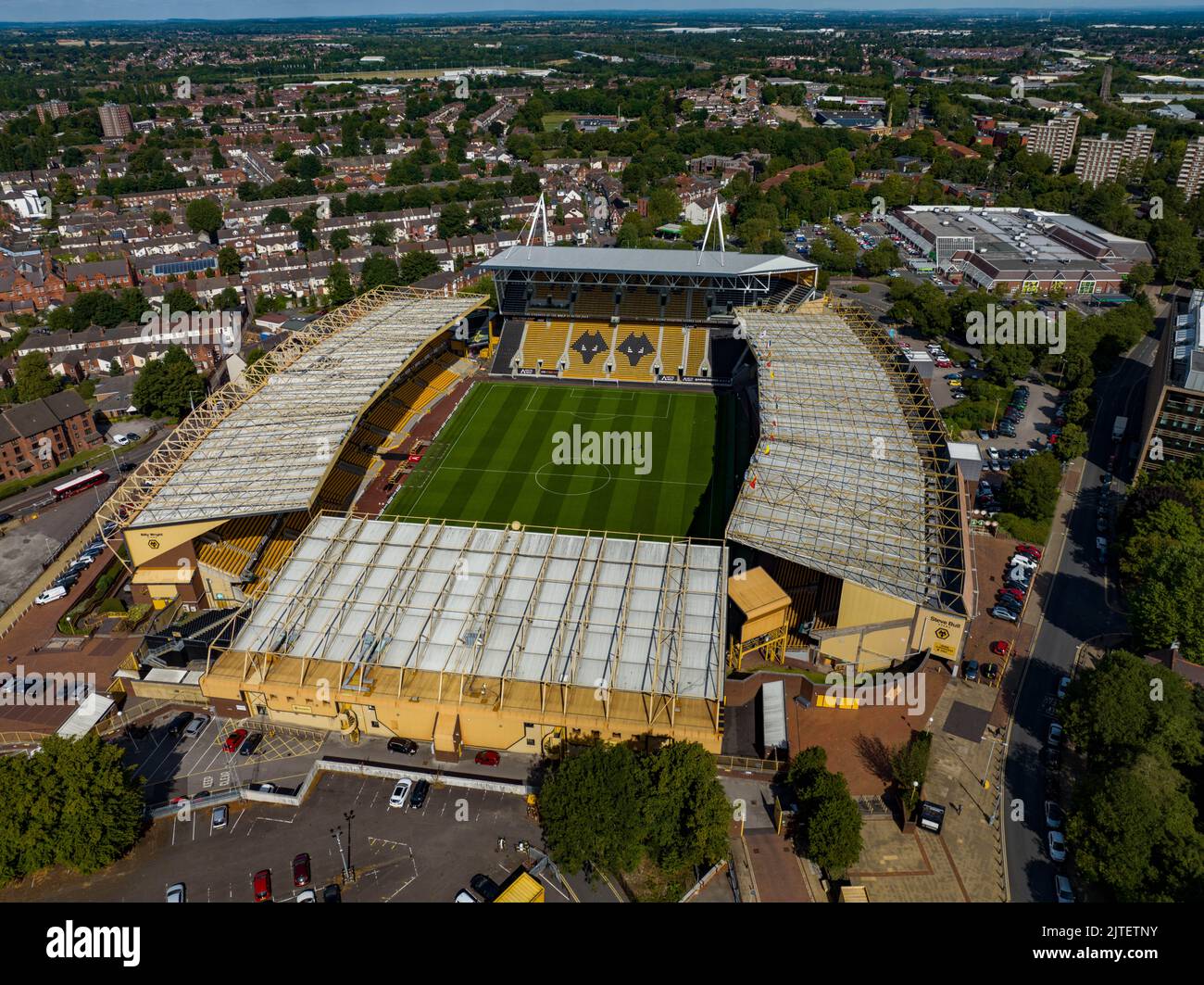
Introduction
Belgrade, the capital of Serbia, stands as a testament to the rich tapestry of history, culture, and resilience that characterises this vibrant European city. With its strategic location at the confluence of the River Sava and Danube, Belgrade has long been a crossroads of various civilisations and a melting pot of cultures. In recent years, the city has gained prominence as a cultural capital, drawing tourists and investors alike, making it a topic of particular relevance as it continues to evolve within a changing European landscape.
Historical Significance
The history of Belgrade is marked by its role as a fortified city, having been invaded numerous times throughout its existence by various empires, including the Romans, Ottomans, and Austro-Hungarians. Today, visitors can explore significant historical sites such as the Belgrade Fortress, a symbol of the city’s past conflicts and victories. The fortress not only offers panoramic views of the rivers but also houses museums and monuments honouring the city’s diverse heritage.
Cultural Landscape
Belgrade’s cultural scene is thriving, showcasing a blend of traditional and contemporary influences. The city is well-known for its lively nightlife, eclectic music festivals, and various art galleries. Events like the Belgrade Music Festival and the BITEF (Belgrade International Theatre Festival) highlight the city’s commitment to the arts. Additionally, the historic Skadarlija street, often compared to Montmartre in Paris, offers a glimpse into the artistic soul of Belgrade through its bohemian atmosphere, filled with traditional restaurants and cafés.
Recent Developments
As part of its urban development strategy, Belgrade has seen significant investment in infrastructure and public spaces, aimed at improving the quality of life for its residents and visitors. The reconstruction of the waterfront area along the Sava River is a notable project, designed to enhance recreation opportunities and attract tourism. Furthermore, Belgrade has been positioning itself as a tech hub in the region, with a growing number of start-ups and innovation incubators that are drawing attention at both European and global levels.
Conclusion
In summary, Belgrade is not only a city steeped in history but also a dynamic cultural capital that embraces modernity while honouring its past. As it continues to grow and evolve, Belgrade remains a significant player on the European stage, appealing to tourists, investors, and cultural enthusiasts alike. With its rich offering of historical sites, vibrant culture, and ongoing developments, Belgrade is poised to attract even greater attention in the coming years, marking it as a must-visit destination for those looking to experience the heart of Southeast Europe.
You may also like

Exploring Monmouth: History, Attractions and Community

Exploring Wolverhampton: A Gateway to Culture and History
